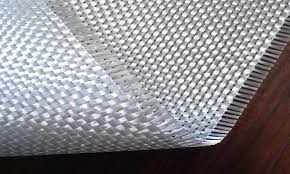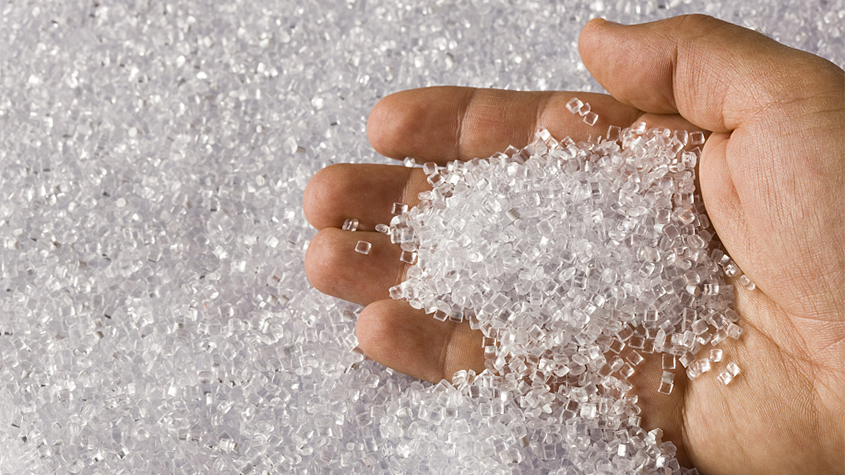Glass fiber is a material consisting of extremely fine filaments of glass that are combined in yarn and woven into fabrics. It is made by blending and melting silica (SiO2), limestone, and soda ash in a three-stage furnace, extruding the molten glass through a bushing in the bottom of the forehearth and then cooling the filaments with water. Glass fibers possess excellent corrosion resistance, higher stiffness and strength, and high tensile strength and find their application in broad end-use industries such as automotive, construction, marine, wind energy, aerospace & defense, and others. However, the challenges of the production process, cost-intensive nature of new technologies and low profit margins of glass fiber are limiting the market growth.
Rising Demand From Construction And Automotive Industries To Boost The Global Glass Fiber Market
Increasing demand from construction and automotive industries is expected to provide growth opportunities for the glass fiber industry. Glass fibers are used for insulation, surface coating, cladding, and roofing raw material in the construction sector. They are inexpensive and possess mechanical properties such as stiffness, flexibility, transparency, resistance to chemical outbreak and inertness approximately equal to other fibers, including polymers and carbon fibers. Glass fibers are used in glass fiber reinforced concrete, which is utilized in the construction of walls, fireplace surrounds, foundations, cladding, vanity tops, and concrete countertops. It is mainly used in exterior building facade wall panels and as architectural precast concrete. Glass fibers act as the main carrier providing high tensile strength and making the concrete flexible and resistant to cracking. Alkali-resistant glass fibers (ARGF) are widely used in construction materials. ARGFs significantly improve the tensile strength, flexural toughness, modulus of rupture, and wearing resistance of concrete. Such concrete is used for crack prevention, thus, finds wide applications in the construction sector. Further, The automotive industry uses number of materials such as iron, aluminum, plastic, steel, and glass to build cars and other vehicles. Fiberglass composite is widely used as a substitute for aluminum and steel due to its lightweight, high tensile strength, and superior corrosion resistance. All these properties of fiberglass composite are important in automobile manufacturing. Fiberglass composites are utilized in the production of several vehicle parts, especially of sports cars, where weight is crucial. They are primarily used in front and rear bumpers, doors, hoods, and casings. They are also used in the timing belts and V-belts, where glass strings are impregnated with rubber as reinforcement. Fiberglass is also used in vehicle tire reinforcement. Fiberglass reinforced tire provides a greater resistance to damage, better stability, lower reinforcement cost, and a good overall performance in long distance driving. Thus, the rising demand for lightweight materials, along with government initiatives to reduce the harmful gas emissions and increase fuel efficiency, is expected to drive the glass fiber market in automotive applications.
Johns Manville; Jushi Co., Ltd.; Chongqing Polycomp International Corp. (CPIC); Goa Glass Fiber Ltd; Nippon Electric Glass Co. Ltd; Saint-Gobain Vetrotex; Sichuan Weibo New Material Group Co., Ltd.; Taishan Fiberglass Inc; Taiwan Glass Group; and Owens Corning are amongst the major market players operating in the glass fiber market. These companies offer their products worldwide, which helps them in catering to a wider customer base. These major players in the market are highly focused on the development of high quality and innovative products to fulfill the customer’s requirements. Over the past few years, the companies operating in the market have realized the immense potential pertaining to the glass fiber market and were highly involved in strategies such as mergers & acquisition and product launch. For Instance, in 2020, Jushi launched E9 ultra-high-modulus glass fiber for the promotion of the development of lightweight wind turbine blades.



